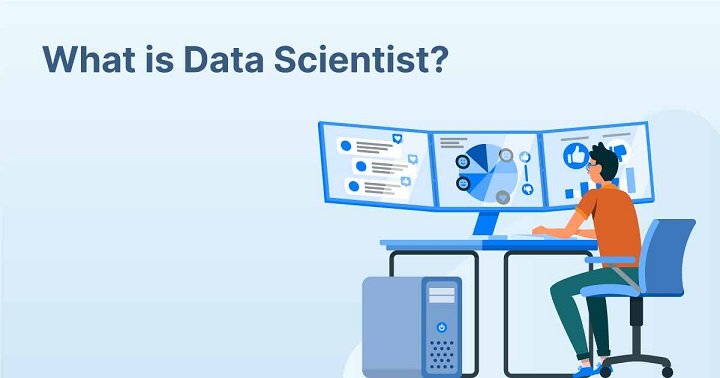We see the highlights. The million-dollar prize pools. The roaring crowds. The god-like reflexes. What we don’t see is the player icing their wrists after a match, or the 22-year-old veteran staring at the ceiling at 3 AM, completely burned out.
The Body’s Rebellion: When the Clicks Start to Hurt
The body was not designed to make hundreds of precise, repetitive movements per minute for ten hours a day. But that’s the job description for a professional gamer. And bodies are starting to break down. Repetitive Strain Injury (RSI) is rampant in the pro scene. It starts as a small ache in the wrist or hand and can escalate into career-ending conditions like Carpal Tunnel Syndrome. Then there’s the back and neck pain from spending years hunched over a screen in a state of high tension. And the eyes. The constant, intense focus on a bright screen leads to severe digital eye strain, headaches, and blurred vision. These aren’t just minor complaints. They are industrial injuries for a new kind of digital athlete, a painful reminder that even if the competition is virtual, the physical toll is brutally real.
The ‘Always On’ Grind: The Mental Marathon with No Finish Line
The physical strain is bad enough. The mental grind can be even worse. Unlike traditional athletes who have structured seasons and off-seasons, the world of eSports never sleeps. The pressure to practice, to stream for your fans, and to stay ahead of the constantly changing game “meta” is a 24/7/365 marathon with no finish line. A pro player’s practice schedule can be crushing-often 10, 12, or even 14 hours a day. This relentless schedule is a recipe for burnout. This is a common theme across many forms of high-engagement online entertainment. The platforms are designed to keep you there, whether it’s through competitive ladders or social interaction. In fact, if you look at the design of this website, you’ll see similar principles of user engagement at play. For a pro gamer, however, this engagement isn’t a hobby; it’s a high-pressure job that can consume their entire life, blurring the lines between work and play until there’s nothing left.
The Weight of the Crowd: Performance Anxiety and Online Toxicity
Imagine trying to do your job while thousands of people watch your every move, dissecting every mistake in real-time. Now imagine a large portion of them are actively hoping you fail. That’s the daily reality for a pro gamer. The performance anxiety can be crippling. The fear of letting your teammates down, of losing a match that costs your organization thousands of dollars, is immense. But then comes the second wave: the online community. While fan support can be incredible, the toxicity can be soul-crushing. A single bad play can result in a torrent of abuse, hateful messages, and even death threats on social media. For young players, often in their late teens or early twenties, weathering this constant storm of public judgment can lead to severe anxiety, depression, and a complete loss of confidence. It’s a level of public scrutiny that few people are prepared to handle.
The Rise of the eSports Athlete: A New Focus on Health and Wellness
The good news? The industry is starting to wake up. The smartest organizations now understand that you can’t treat players like disposable hardware. They are finally starting to treat them like what they are: elite athletes. This has led to a revolution in player care. Top eSports teams are now investing heavily in support staff that look just like those of a professional sports team.
- Physical Therapists: To work on RSI prevention, posture, and injury rehabilitation.
- Sports Psychologists: To help players manage performance anxiety, build mental resilience, and cope with the pressure.
- Nutritionists and Chefs: To create diets that optimize cognitive function and energy levels.
- Sleep Coaches: To ensure players get the restorative sleep necessary for peak performance.
It’s a shift from just focusing on in-game skill to focusing on the holistic well-being of the player. It’s a sign that the industry is slowly maturing.
Life After the Game: The Short Careers and Uncertain Futures
So what happens when your reflexes slow few milliseconds? In eSports that might be the end of the road. The harsh truth is that in most cases, the player stays at the top very briefly. By age 23 many are considered as veterans and by age 25 they are retired. This leaves an enormous problem: now what? You have devoted your whole adolescent and young adult life to one particular expertise. You might not be a college graduate or have an experience in other fields of work except in gaming. Whereas some retired professionals are able to coach, cast or stream, most of them end up lost. When the adrenaline of high-level competition is lost, they have difficulty reconnecting to a so-called normal life, and finding a new role to be important. One of the largest problems that the industry has as it matures is to develop improved pathways and educational opportunities to players out of the industry.
Conclusion: Redefining Strength in the Digital Arena
The eSports world is not longer a game, it is a real, high stakes, professional sport. And with the legitimacy, it also comes with the responsibility of taking care of its athletes. The burnout and injury tales are not in any way intended to take away the amazing talent and effort of these players. They are needed as a wake-up call. They are there to remind us that strength is not only a matter of quick twitch or brilliant tactics. It is about strength, stability and health in the long run. The future of the industry lies not only in the development of exciting games and larger prize pools, but in the construction of a sustainable system that safeguards the physical and psychological well-being of the talented, passionate and, overly often, young human beings that make the whole operation possible.


